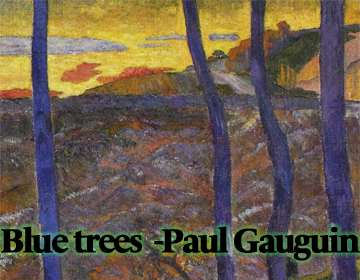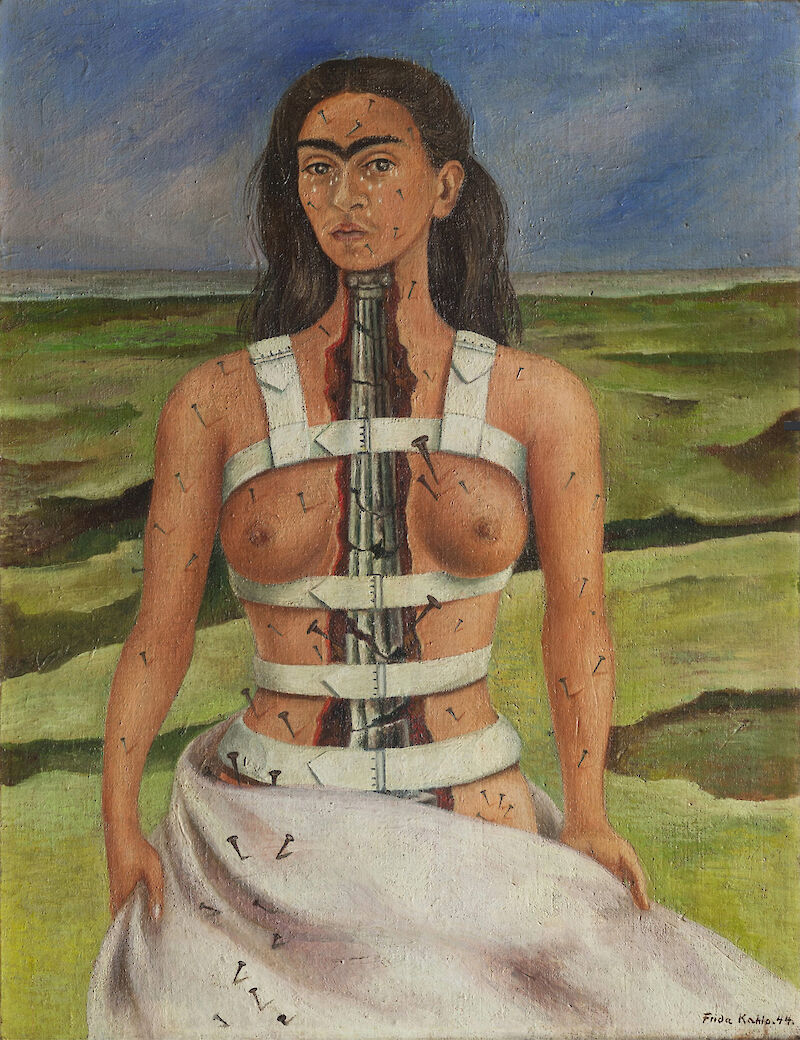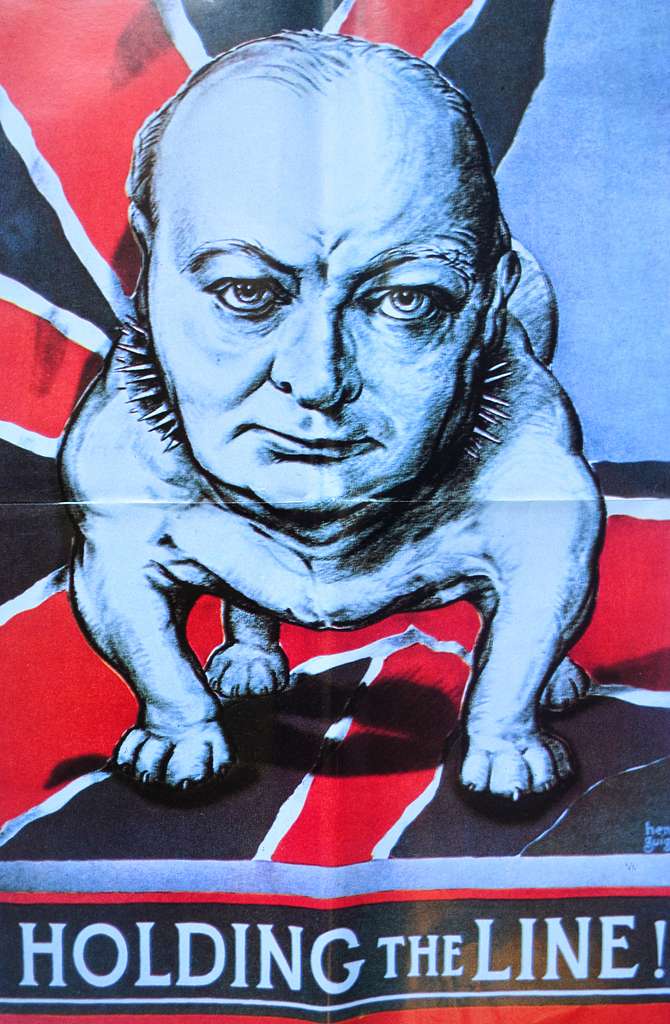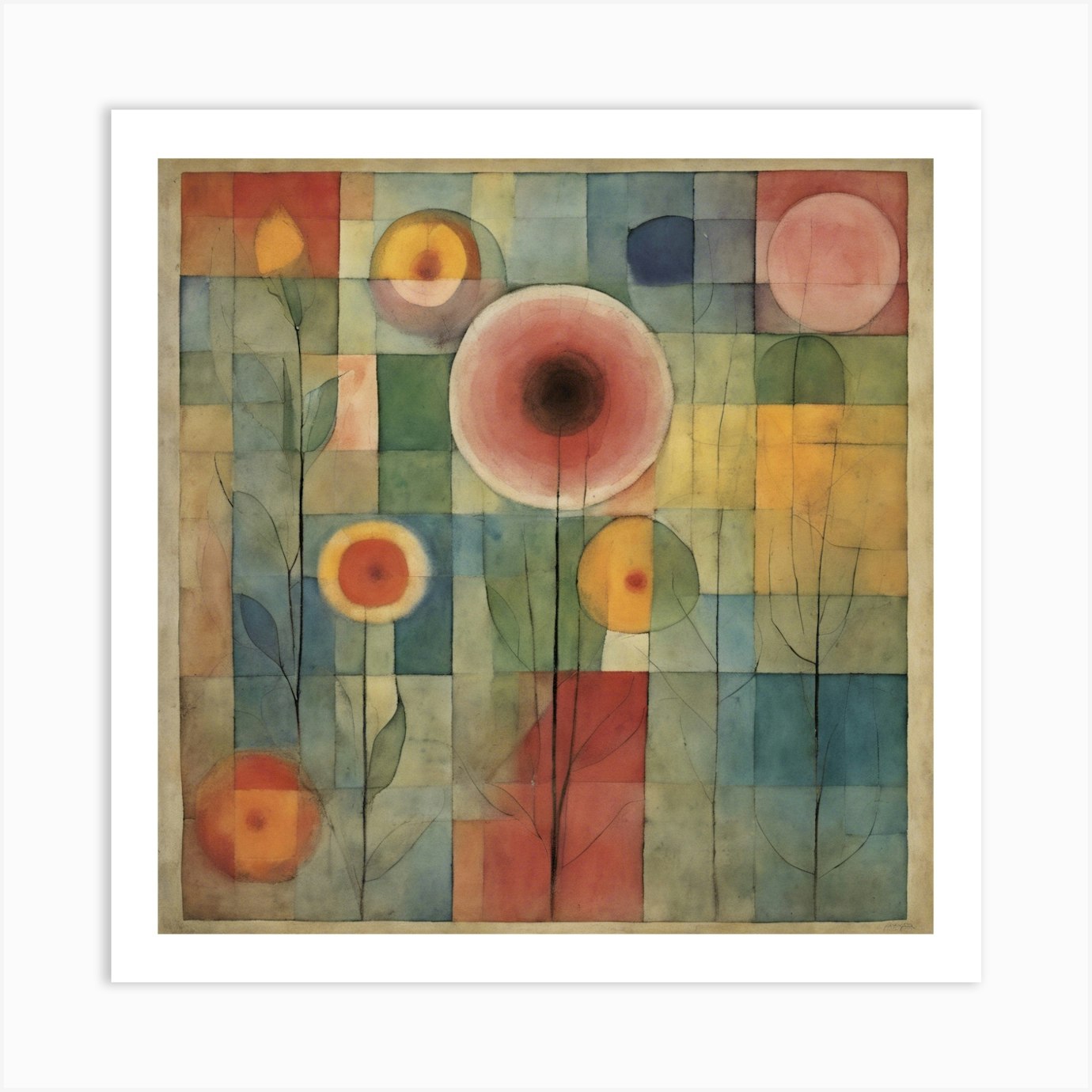Context
18/09/24 Wednesday: Starting out
This was my first media context session with Jane. This session was mostly just introductory; to discern what Wednesdays were for. This is the more written side of the course with pre-planned essays lined up for me to write (unironic yay). I'll include more details as an when they become relevant/I'm told them. What I can mostly understand is that I need to look into and research modernist artists that I like or that inspire me to create.
02/10/24 Wednesday: Symbolism and Significance
Today's lecture regarded the development and rise of symbolism and how certain factors and moddern development push change which trickle-feeds inspiration across many movements.
It interestingly goes back to the 17th century in the Dutch "golden age" of painting where fresh after the end of Spanish catholic rule, the new protestant paint style arrived on the scene. This opposed the earlier indulgent catholic style, favouring imagery of the common man and realistic life over sprawling epics depicting Christ, angels and the like.

Works also commonly swerved into depicting collectoins of items which acted as an alternative to a person/family's portrait by uing symbolistic values to in esssence, "capture the vibe" of said p/f. "Vanitas" by Joannes De Cordua (pictured) is a nice example of this style, acting as an expression of the beliefs, lifestyle and personality of an individual.
Items like the book and sheet music show that the owner is educated and potentially musically inclined. The wheat could mean they're a farmer by trade? Or even the shell which might imply that the owner has sailed before or on multiple occasions. Other typical inclusions are expensive fruits, treasures, fabrics or furniture.
Interestingly, paintings in this style will often conatin one or more of the following: a skull, a burnt-down candle, an hourglass, bubbles. These in their own ways are said to represent the fragile, impending nature of life and death -- a deliciously macabre concept. I find it interesting how early these more symbolic concepts of representation appear in art and how they inspired art much later down the line.

The term Symbolism
was eventually coined in 1886 by Jean Moréas cen-critique of Stéphane Mallarmé's poetry (which is a nice reminder of the ever-present link between literature and, especially traditional, visual art.
With the emergence in this period of in-depth psychological exploration -especially with the work of infamous l-eighteen hundreds neurologist Sigmund Freud- more and more arists looked inwards when painting; the results usually being a display of said artsits psycho-emotional thoughts and/or feelings.
Similarly, photography was growing in development (get it?) at this time, exponentially covering the realism and portraiture side of art in ease, cost and time. This unsurprisingly prompted artists to focus less on these styles, instead turning towards expressionism and, of course, eventually symbolism.

I also looked into Frida Kahlo who really needs no introduction anymore.
She's a weird one when it comes to symbolism as though her work described to be in that style, she expressively never really felt that way about her work; instead seeing it as her reality and mind put to paint.
Frida would typically include a depiction of herself in her paintings, which she ultimately created as a coping method for mental and physical trauma she'd faced -- whether it was marital issues, miscarriages or distain for the new world/The USA.
The pictured painting shows her strapped up in a brace like the one she had to wear after her accident, The Broken Column (title of the painting) representing her fractured spine.
The last thing I wanted to mention on this entry is symbology in relation to nationalism and national identity. This is maintained by shared beliefs, history and characteristics which create a defined public culture. It can be said that by challenging personal identity by creating a national image for a country, people will be prouder citizens -- theoretically resulting in an individual's willingness to earn and, if needs be, fight for their country and shared culture.
Symbols of national identity can be seen in national birds, flowers, trees, etc... that most countries have decided to choose. For example South Africa and it's national symbols. Their rugby and cricket teams are even named after them; the springboks and proteas respectively.
There's also the heavy symbolism often used in wartime propaganda like this... questionable depiciton of WC as a bulldog -a symbol often seen in WWII to depict England as a stocky, unmoving powerhouse.


I could very easily go on but I'm very aware of the length of this entry and I have other things to do anyway. I'm pretty happy with my new current knowledge on symbolism and it's evolution over... uh a couple hundred years more or less. Bored now, ill be back next Wednesday! Today's context session was about mark making methodology in the modernist movement by way of artists who had unique perspectives on how to form the shapes that will eventually form their artwork. I started with the neo/post-impressionist George Seurat, known of course for his painting of a Sunday afternoon. The second guy I looked at of note was Paul Klee who really went everywhere with his work, tapping into expressionism, surrealism and even cubism. I'll put up some of his various work so you can get a good idea of how his style looks. I was very interested in the way he "takes a line for a walk" with some of his pieces. The purpose of that specific art style was more process than outcome, letting your hand take control of the movement. He also sometimes added an aspect of humour to his art which clearly comes through in the absurdity of some his work. He specifically is able to capture some really disconcerting looking imagery, notably more in his later work that he created while quite sick. It's quite interesting to see his mental and physical health impact his work with how his colours mut over time and style gets well… scarier. Really big fan of this Klee's work and I can see an echo of his style appearing in one of my favourite 21st century artists work, C.M. Koseman (pictured left). The last person I found out about today and that will only get a small mention is Alberto Giacometti who's style while yes, was influenced by cubism and surrealism, has a very individual style which is almost localised to himself.
09/10/24 Wednesday

His mark making when crafting this piece was very interesting, opting to -instead of using strokes- stipple his brush to make thousands of tiny spots which make up his shapes.
First of all, that's crazy. But it gets worse…
The only colours Seurat used were primarys stippled over one another to get broader colours. Blue. Red. Yellow.
He really went and made this extremely detailed, complicated piece -- not only with tiny spots to fill in area but also going back over his spots multiple times with different colours to hot mix non-primary colours. Insane. I love it.
I don't think I'd like to try it myself however.



His process is of making marks is a very erratic, scratchy method, not focusing necessarily on thought or individual lines but instead scratching many lines to form the fuller shapes. Here's some cool examples.





